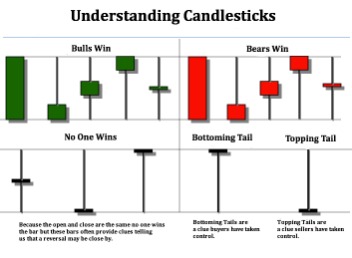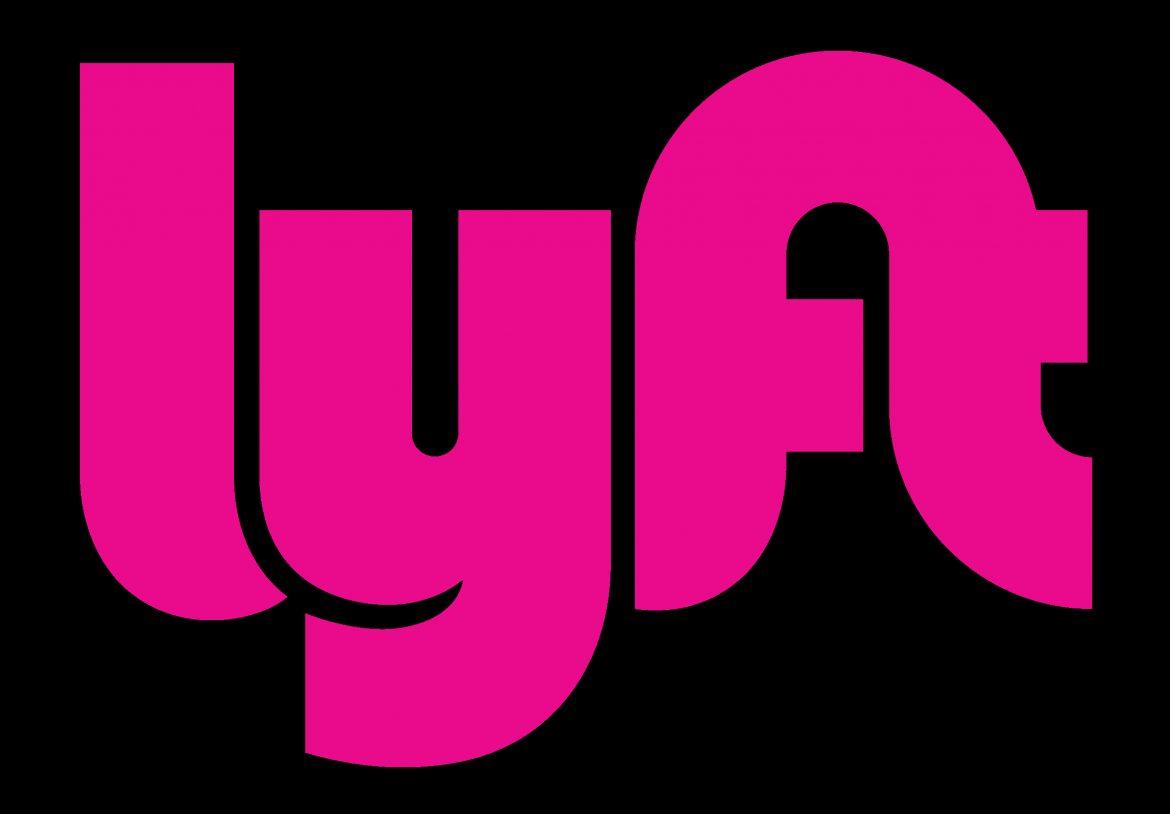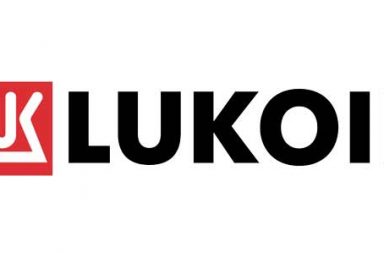A Comprehensive Guide on How to Use the Ascending Triangle in Trading Market Pulse

The support lines in the rising wedge are steeper than the resistance ones. When it comes to the falling wedge, the picture is the opposite as the resistance line is steeper than the support one. One is to place a sell order at the breaking point on the bottom side of the wedge. To protect yourself from false signals, make sure to wait for a candle to close below the bottom trend line. Now, after you know how the rising wedge looks on a chart, it’s time to focus on how to identify whether the pattern you are seeing is actual or misleading.
I’m Putting One Leg in Lululemon – RealMoney
I’m Putting One Leg in Lululemon.
Posted: Tue, 05 Sep 2023 13:30:00 GMT [source]
The chance of a successful breakout is higher if the volumes are high. The take profit level is set using the vertical distance measured at the beginning of the descending triangle formation. To calculate the ideal position size, determine how much you are willing to risk on one trade. Professional traders typically risk 1% (or less) of their account balance on any one trade. For example, if your account is $36,500, you can risk up to $365 per trade. Having a stop-loss in place also allows a trader to select their ideal position size.
Anticipation Strategy
If the price is less than that, the profit target is the breakout point less of $10. Figure 1 shows a rising wedge on a 60-minute chart, while a bear chart pattern is evident in the daily chart. In this article, we go over the rising wedge pattern and apply it to a historical case to illustrate its use. While the example is taken from the past, the mechanics of how to identify and trade this pattern remain the same today.
The example below shows where the price breaks the lower support trend line (1). The crucial point for the pattern is where the support line is broken. In a nutshell, the presence of lows and highs higher than the previous ones helps form the “ascending-like” shape of the wedge pattern.

Not enough buyers were coming into the trade, and that eventually led to a massive sell-off. Volume, combined with the triangle itself, should be one of your top watches when looking for the ascending triangle. But always make sure there’s enough volume coming in on the breakout.
What Does the Ascending Triangle Tell You?
Let us consider an example of an ascending triangle pattern in the daily chart of Apple Inc. stocks. In trading, this model can be found relatively often in any financial market, including the cryptocurrency market, Forex, the stock, and commodity markets. In addition, this chart pattern is one of the most commonly used patterns and can be employed in day trading.
- But notice the period where the stock finally broke out of the triangle.
- Volume normally expands at the start of the triangle or wedge,
contracts as the pattern develops and then expands on the breakout. - It should be noted that a recognized trend should be in place for the triangle to be considered a continuation pattern.
- The ascending triangle may be regarded as a fan favourite amongst many technical traders out in the market.
- As a result, the chart pattern may be redrawn several times as the price action edges past the resistance level, but fails to maintain the breakout price.
The final expanding wave pattern in the Elliott Wave theory is the running expanding triangle. Now, as the rule of expanding triangles maintains, the next c-wave is going to be even more dominant than the b-wave, and it’ll go in the opposite direction. What this means is that not only will your position go against you, but it’ll go over the pre-selected stop-loss and get you out of the trade. So, it’s now finally time to talk about the Elliott Wave expanding triangle pattern and see what significance it has in the Forex trading process. Another crucial step in identifying a corrective triangle pattern is to have two separate trendlines drawn in the chart. These trendlines must connect the ends of a-, c-, and e-waves, as well as the ends of b- and d-waves.
Usually, patterns are divided into continuation and reversal; however, triangles are setups that may provide both signals. This FXOpen guide will explain how to identify when the rising triangle signals a price reversal and when it forecasts a trend continuation. Triangle patterns have three main variations and appear frequently in the forex market. These patterns provide traders with greater insight into future price movement and the possible resumption of the current trend.
In this example, it doesn’t take long for the position to move in the opposite direction, highlighting the importance of setting an appropriate stop level. The ascending triangle typically is a bullish formation that mostly forms during an uptrend as a continuation pattern. There are times when ascending triangles form as reversal patterns at the end of a downtrend.
Descending Triangle Pattern
Position size is how many shares (stock market), lots (forex market) or contracts (futures market) are taken on trade. The price objective of an ascending triangle is determined by the high point of the base of the triangle, which is plotted on the break out point above the resistance. Another technique is made up of drawing a line that is parallel to the ascending triangle support line, from the first contact with the resistance.
- The difference between the symmetrical and the other triangle patterns is that the symmetrical triangle is a neutral pattern and does not lean in any direction.
- This means that the downward momentum is fading before it changes direction.
- Both of these triangles are continuation patterns, except they look differently.
- See how the chart forms a triangle, where the top is flat but the bottom keeps rising?
- The horizontal line represents a level of resistance—the point where sellers step in to return the price to lower levels.
- This means that no matter what the “weather” was before the pattern, the financial instrument’s price goes up after the completion and confirmation of the pattern.
In the case of an ascending triangle pattern, the bulls move the price up to the formed horizontal resistance. At this point, the selling pressure increases, and the price begins to turn around. Thus, the lower upward sloping trendline is rising, and each subsequent low is higher than the previous one. Bulls and bears are moving toward each other and meet at the resistance level. Often referred to as the ‘rising triangle’, the ascending triangle pattern is one of the top continuation classic patterns. They are usually called continuation patterns because the price will breakout in the same direction as the trend that was in place just prior to the triangle forming.
Take Profit
For bearish scenarios, traders should instead look for a descending triangle to appear on a chart. On the other hand, during a downtrend, the rising wedge pattern indicates a temporary retracement. In other words, the price moves in the opposite direction of https://g-markets.net/ the trend for a short time. Once again, the support and resistance line here start moving closer to each other. In that case, traders can also start looking for selling opportunities. In an uptrend, most traders consider the rising wedge a reversal pattern.

An ascending triangle is a technical analysis chart pattern that occurs when the price of an asset fluctuates between a horizontal upper trendline and an upward-sloping lower trendline. Since the price has a tendency to break out in the same direction as the trend in place before the formation of the triangle, ascending triangles are often called continuation patterns. Traders often wait for the price to break above or below the pattern before entering a position.
Triangles: A Short Study in Continuation Patterns
These are the two main ways to describe whether a stock is going up or down. Some patterns are more advanced and require more expertise to spot … Others are simpler and more newbie-friendly. As this historical example shows, when the breakdown does happen, the subsequent target is generally achieved very quickly. The illustration below shows the distance from A to B can be transferred higher up, from C to D, in order to project a possible take profit level.
Infosys, M&M, Indian Hotels: How should you trade these buzzing stocks – Business Today
Infosys, M&M, Indian Hotels: How should you trade these buzzing stocks.
Posted: Thu, 31 Aug 2023 02:25:45 GMT [source]
Support occurs where a downtrend is expected to pause due to a concentration of demand, while resistance occurs where an uptrend is expected to pause due to a concentration of supply. In an ascending triangle pattern, the upward-sloping lower trendline indicates support, while the horizontal upper bound of the triangle represents resistance. Forex traders often look for ascending triangles during uptrends since they signal a potential continuation of the current trend. Trading volume tends to decrease during the ascending triangle pattern’s formation as with most triangle patterns.
This, in turn, gave the pattern a price springing effect, which subsequently allowed buyers to break through the ceiling and head higher. At this point, you could check to see if the pair’s trading volume has risen sharply to provide a reliable confirmation signal. rising triangle pattern If that is the case, you could enter into a long position in EUR/USD anticipating further upward movement in that currency pair’s exchange rate. There is also another interesting difference between both indicators that may often slip under the untrained eye.